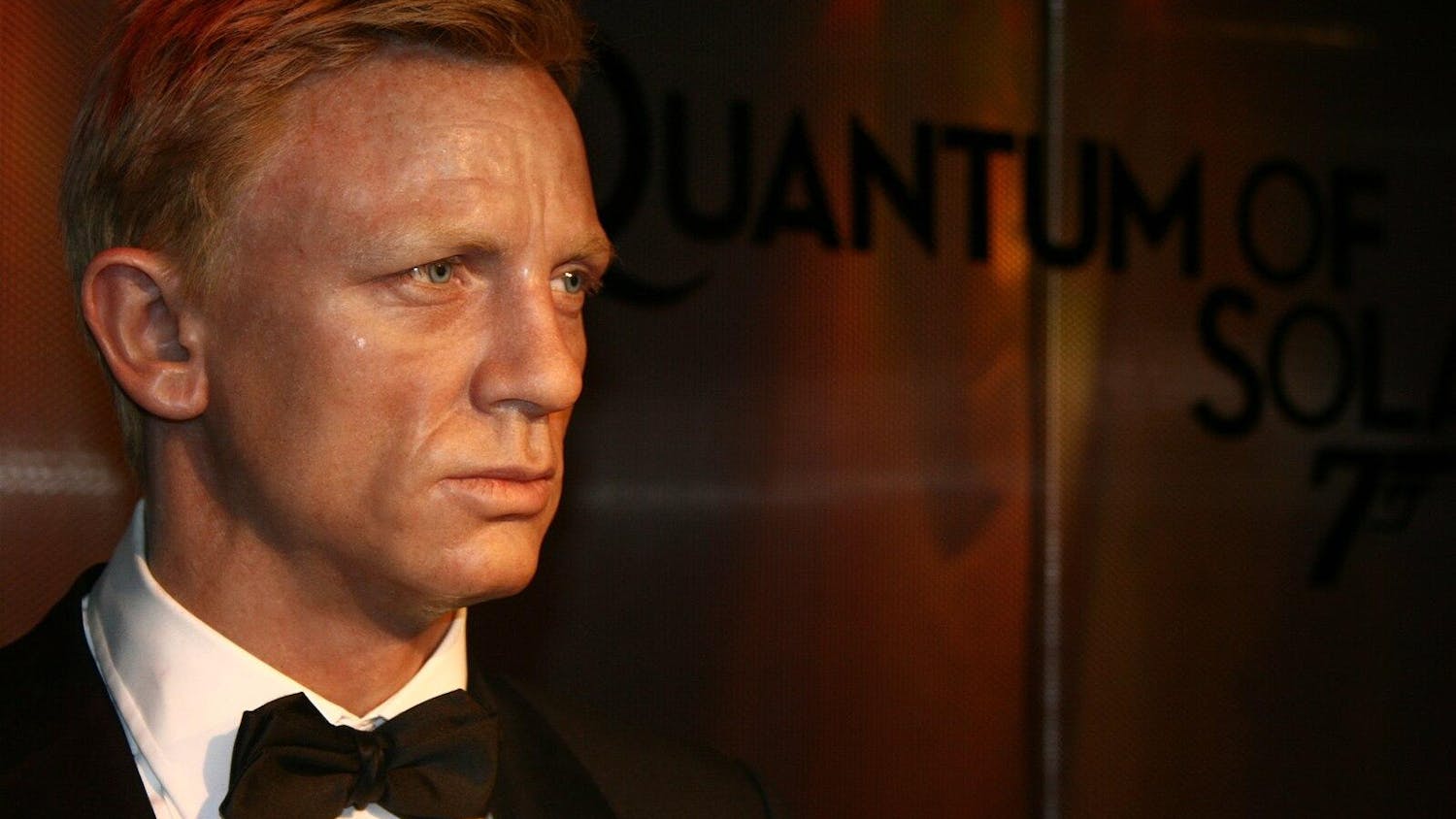Turns out the Manic Pixie Dream Girl isn’t quite dead (or is she?). Hulu takes another stab at original content (okay, “The Handmaid’s Tale” was pretty good) in the young adult mystery “Looking for Alaska,” an eight-episode streaming miniseries that premiered on Oct. 18. Adapted from the wildly successful John Green novel of the same name, “Looking for Alaska” (2005) hurtles viewers back in time to the late 2000s, when young straight, white men seemingly couldn’t take 10 steps forward without having their worlds turned upside down by kooky girls with tragic pasts.If the name Ansel Elgort conjures up “The Goldfinch” (2019) and not “The Fault in Our Stars” (2014) — or if you’re unfamiliar with Zooey Deschanel’s entire filmography — you may need a quick refresher on what, or who, a Manic Pixie Dream Girl is. In 2007, A.V. Club critic Nathan Rabin coined the term to describe Kirsten Dunst’s character in “Elizabethtown" (2005) existing “solely in the fevered imaginations of sensitive writer-directors to teach broodingly soulful young men to embrace life and its infinite mysteries and adventures." Critics and audiences alike have since played fast and loose with the term, spotting them everywhere fromHolly Golightly in “Breakfast at Tiffany’s (1961) andNatalie Portman’s quirky epileptic in “Garden State” (2004) to every single one of Lena Dunham’s “Girls” (2012–17).Rabin has stated in recent years that he finds the trope sexist. In 2014, he announced that he regretted inventing the term in the first place. Even John Green has declared the Manic Pixie Dream Girl a “patriarchal lie” that must be “stabbed in the heart and killed,” claiming he wrote his 2008 novel “Paper Towns” with the aim of deconstructing the trope. However, Hulu’s “Looking for Alaska,” on which John Green served as an executive producer, is raising that very “patriarchal lie” from the dead.“Looking for Alaska” follows the story of Miles (Charlie Plummer) as he transfers to his father’s alma mater, Culver Creek. The story is a fictionalized version of Green’s own boarding school experience, with Plummer playing an appropriately “broodingly soulful” stand-in for the author himself. Settling into his new surroundings, Miles immediately wows his new roommate, The Colonel (Denny Love), with his uncanny ability to recall the dying words of famous figures. His favorite? Francois Rabelais’ “I go to seek a Great Perhaps.” Here we are introduced to the series’ most heavy-handed theme. Within days of meeting the titular Alaska Young (Kristine Froseth), she has already urged him to shed his ordinary life and chase a better, more interesting one. Sound familiar? Per Rabin’s definition, Alaska’s primary role in the story is to help Miles “embrace life and its infinite mysteries and adventures.” Their little gang (rounded out by their friend Takumi, an underused Jay Lee) proceeds to spend the first few weeks at Culver Creek talking about philosophy, smuggling around alcohol in cartons of sour milk and executing some pretty lame practical jokes as part of its ongoing “prank war” with a group of Culver Creek jocks unfathomably referred to as the “Weekday Warriors."Whether intentional or not, Alaska is textbook Manic Pixie Dream Girl. The phrase “she’s not like other girls” might be a sexist old adage, but at Culver Creek, Alaska truly isn’t like other girls. While her female classmates fervently prepare for their upcoming Debutante Ball, she drinks strawberry wine, plays video games with the guys and crafts elaborate schemes. It’s understandable why Miles — a guy obsessed with the biographies of people living more interesting lives than he — is hooked. Froseth, as Alaska, can capably play the role of an enigma but struggles to endow Alaska with the level of charisma demanded by the plot. Certainly, if she were a living, breathing person, Alaska would be complex and multi-faceted. Instead, she comes across as two-dimensional — all meaningful looks and wooden feminist one-liners. In “Looking for Alaska” the only purpose Alaska serves is to imbue Miles’ life with meaning, and she does a pretty lousy job of even that.Originally intended to be a film, “Looking for Alaska” suffered an arduous journey from book to screen, shelved two separate times after years of false starts. This adaptation, premiering years after the John Green-mania fueled by “The Fault in Our Stars” had long died down, lags as a miniseries. The introduction of Alaska’s disappearance halfway through doesn’t exactly rejuvenate it. The characters and their boarding school surroundings don’t gel enough to justify the sheer amount of exposition, and it’s hard to care about the relationships between characters when they lack chemistry. “Looking for Alaska” has the bones of a classic teen movie, making much of the rest feel like filler. Watching the show, I found myself wishing Hollywood’s attempts to bring Green’s novel to the big screen had worked one of the first two times instead. If Alaska is a multi-faceted character trapped in an overused trope, "Looking for Alaska" is a movie trapped in a miniseries.
Summary
"Looking for Alaska" struggles as a miniseries instead of a film and too often relies on worn-out tropes about femininity.
3 Stars






